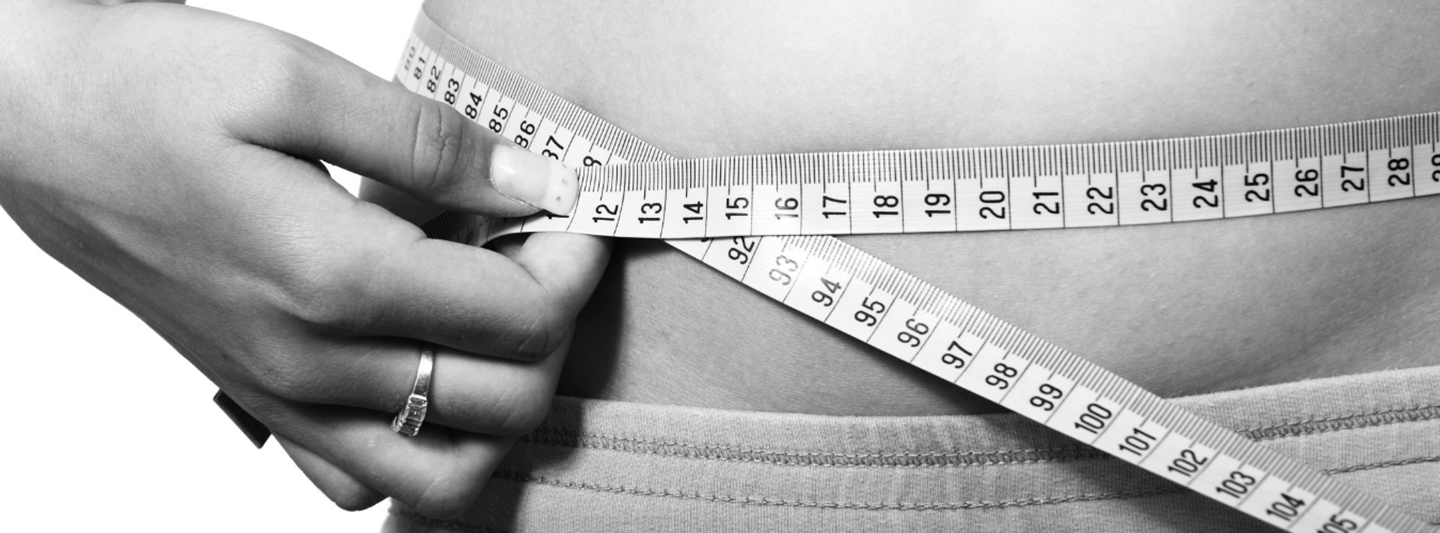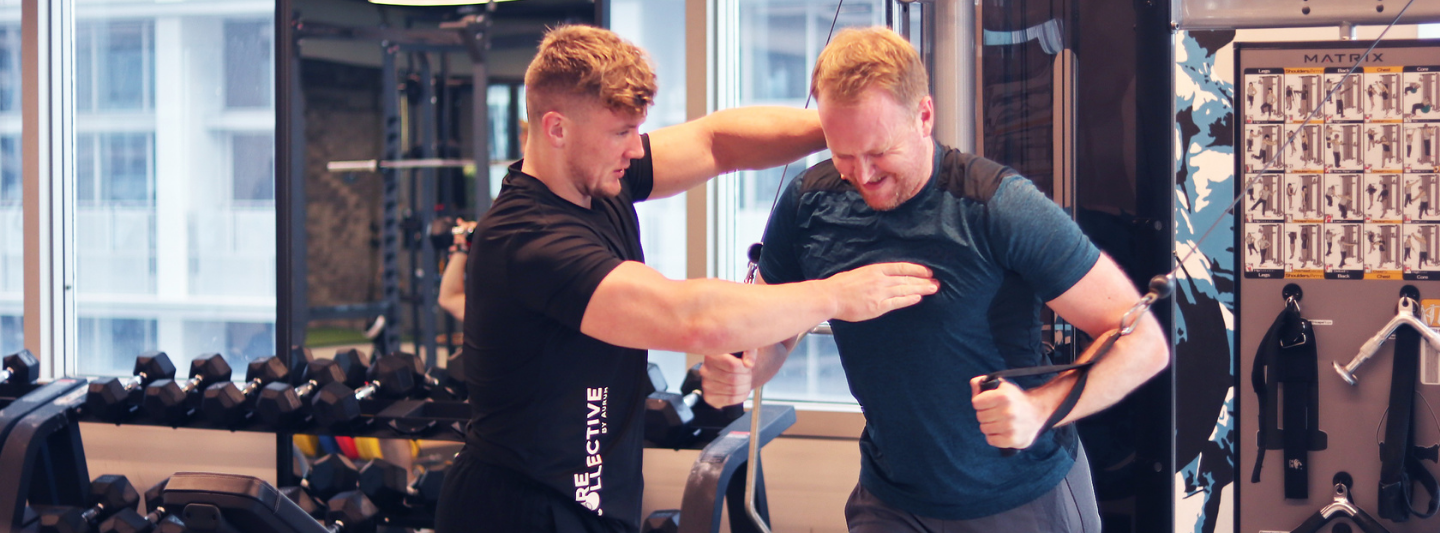Body fat accumulates when an individual consumes a number of calories that are more than what they expend. The excess amount of calories is then converted to fat and stored by the body. Energy balance refers to the number of calories consumed versus the number of calories expended by an individual.
Read on as the team behind SURGE shares how to shed body fat sustainably through managing your energy balance!
Creating negative energy balance
1. Caloric deficit
A calorie deficit is when an individual consumes less energy than what is expended, by consuming less energy or increasing the amount of energy expended. To create a caloric deficit, we first need to estimate the calories needed by an individual and then subtract a portion of that amount to create a caloric deficit. A good amount of deficit would be around 20% as it would allow the individual to achieve optimal fat loss without risking malnutrition. Calories required can be estimated through:
-
Calorie calculator: This estimates the calories needed by a person based on factors such as age, gender, height, weight, physical activity and lean body mass. Such calculators rely on popular equations based on research models done by Mifflin St Jeor and Katch-McArdle.
-
Logging daily food intake: Food intake can be taken for a week and used to calculate the average amount of calories they consume daily. This method is more customised to the individual as it is based on their daily intake of food.
The amount of time needed to lose weight depends on how many calories a person requires to maintain their weight, and how much of a caloric deficit they are willing to take. 1kg of human body fat is estimated to contain around 7700kcal. For a person who consumes 3000kcal a day for maintenance, a 20% deficit would be 600kcal. Thus, to drop 1kg of fat, it would take this person around 13 days of consecutive 20% calorie deficit. However, this duration would be different for someone with lower maintenance calories.
When on a caloric deficit, people should also be wary of being too lean (dangerously low body fat), dieting over an extended period of time, or the loss of their menstrual cycle (for females). To avoid these situations, individuals can implement diet breaks, which is going out of being in a calorie deficit and back to consuming their maintenance calories for 1-2 weeks to give their body an adequate amount of energy and nutrients to combat the negative effects of being in a calorie deficit, before diving back into being in a calorie deficit again.
For a person transitioning from fat loss back to maintenance, they should slowly add calories back to their diet till they reach the number of calories needed to maintain their body weight. This means adding around 50 to 100kcal to their daily intake every week till they hit their maintenance calories.
To ensure that you’re sticking to maintenance calories, tracking of food intake should be done consistently. Whole, nutrient-dense foods, such as rice, sweet potatoes, fruits, vegetables, and meat should also be consumed rather than processed and refined foods. When eating out, consuming more leafy greens can make you feel less hungry and also lower the chances of overeating.
2. Exercise
For a sustainable fat loss exercise routine, 30-60 minutes of exercise three to four times across a week should be done. While cardio is often touted as the best for weight loss, strength training and cardio each have their role when it comes to creating a negative energy balance. Strength training has been proven to have a positive effect of preserving lean muscle mass when losing weight provided there is adequate protein intake, as compared to doing cardio. As lean muscle mass is metabolically expensive for the body to keep, having more of it will help maintain a higher metabolic rate which makes the fat loss process more efficient. Thus, the best choice would be a combination of both strength training and cardio to maintain muscle mass and efficiency in burning calories.
For people new to exercise or trying to lose weight, a personal trainer would be recommended to provide guidance and help maximise the time spent on exercising, as well as giving you some tips on nutrition to optimise your fat loss.
3. Non-Exercise Activity Thermogenesis (NEAT)
NEAT is the expenditure of energy for an activity that does not include sleeping, eating and planned physical activity, such as exercise. NEAT includes energy spent on activities such as walking, standing, and other day-to-day movements. As NEAT is an accumulation of energy expenditure throughout the long hours of our daily lives, it can drastically affect the total amount of energy burned in a day without having to disrupt the flow of activities
NEAT can easily be increased through small habits, such as using a standing desk if you're working an office job, taking the stairs instead of lifts, and walking to get lunch instead of getting a food delivery. While a caloric deficit naturally lowers our level of NEAT, due to the body subconsciously wanting to ‘save’ energy, implementing some of these small habits can help to keep NEAT high even with the caloric deficit.
Get started on your journey towards fat loss with professional guidance from top personal trainers. Contact SURGE to book a free personal training trial.
Featured Contributor:

SURGE: Strength & Results was the brainchild of Sam Gallo and Rishi Mirpuri - two of the most reputable personal trainers in Singapore with a common goal in mind; to take clients and forge them into a stronger, higher-performing and more durable version of themselves.
Connect with SURGE: Strength & Results on their website, Instagram and LinkedIn.


